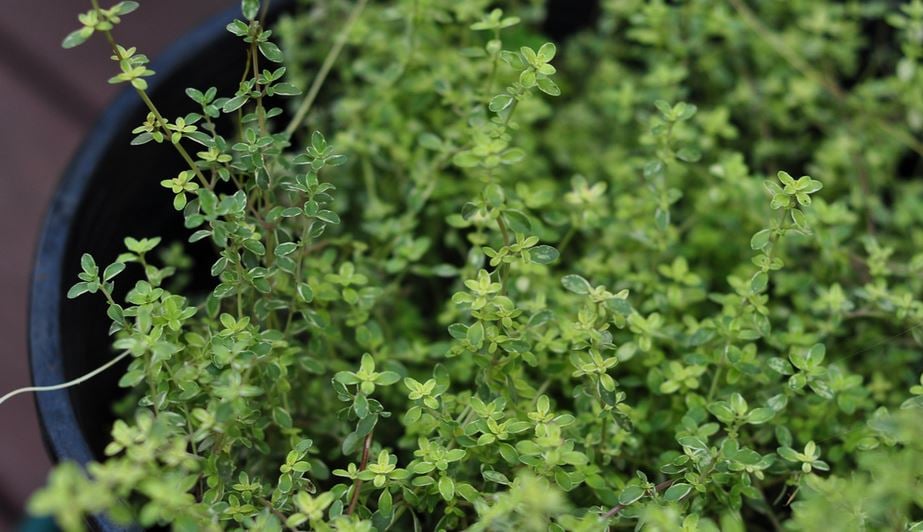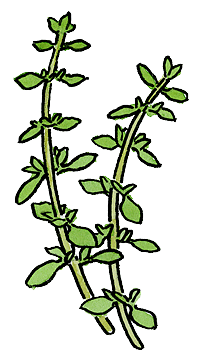Thyme
 Photo: Timothy Vollmer
Photo: Timothy Vollmer With more than 100 species to choose from, there's thyme enough for everyone. Some varieties hug the ground like a mat; others stand upright and are a foot or more tall. All are Mediterranean natives the thrive in a hot, dry climate with little rain and sandy, stony soil.
Some species of thyme are hardier than others. Culinary or English thyme (Thymus vulgaris) is hardy to zone 4 (temperatures down to -30 degrees F.). Lemon thyme (T. x citriodorus) and creeping thyme (T. praecox) are hardy to Zone 5 (-20 degrees F.), while caraway thyme (T. herba-barona) is only hardy to zone 6 (-10 degrees F.).

Most thymes are slow-growers. Starting out with a potted plant ensures you'll get a usable crop the first year. Doing so has an added advantage: your local garden center or plant nursery probably offers a variety of different types of thyme so you can take your pick. When buying a pot of thyme, be sure to taste it first. All thyme is edible, but some flavors are better than others.
If you plant thyme in a raised bed, keep the plants toward the center of the bed instead of at the edges. This will help insulate the roots during the winter. In January, cut a few branches from your spent Christmas tree and use them as mulch to insulate your thyme plants. Avoid mulching with bark or wood chips, which can smother the plants. Gardeners in zone 6 and warmer should have no difficulty overwintering thyme.
As long as the soil is not too heavy, growing thyme in a raised bed is a good way to give it the well-drained soil conditions it demands. Soggy soil in winter probably kills more thyme than extreme cold. When planting, mix in plenty of compost to ensure good drainage but do not add any fertilizer. If your soil is heavy clay, it's best to remove the native soil in the area where you'll be planting and replace it with a sandy blend that's similar to a cactus mix. Thyme will tolerant a wide pH range on either side of neutral (pH 7.0). It does fine in soil from pH 6.0 to 8.0.
Thyme plants often become woody and sluggish after three or four years. Divide in the spring to start new plants. Branches that touch the ground tend to root in, giving you the opportunity to pot up some new plants.
Print this Article:
Get the Dirt
Stay up to date on new articles and advice. Please fill out the information below.
